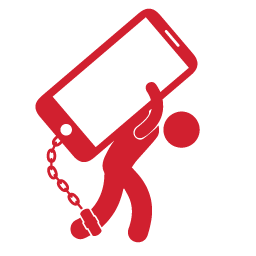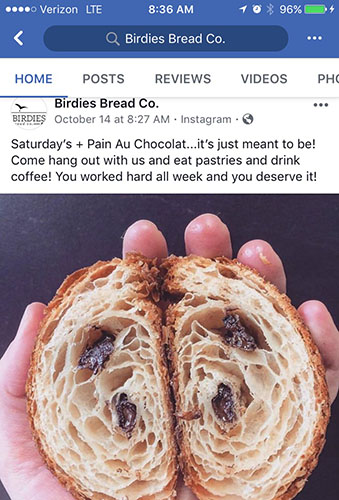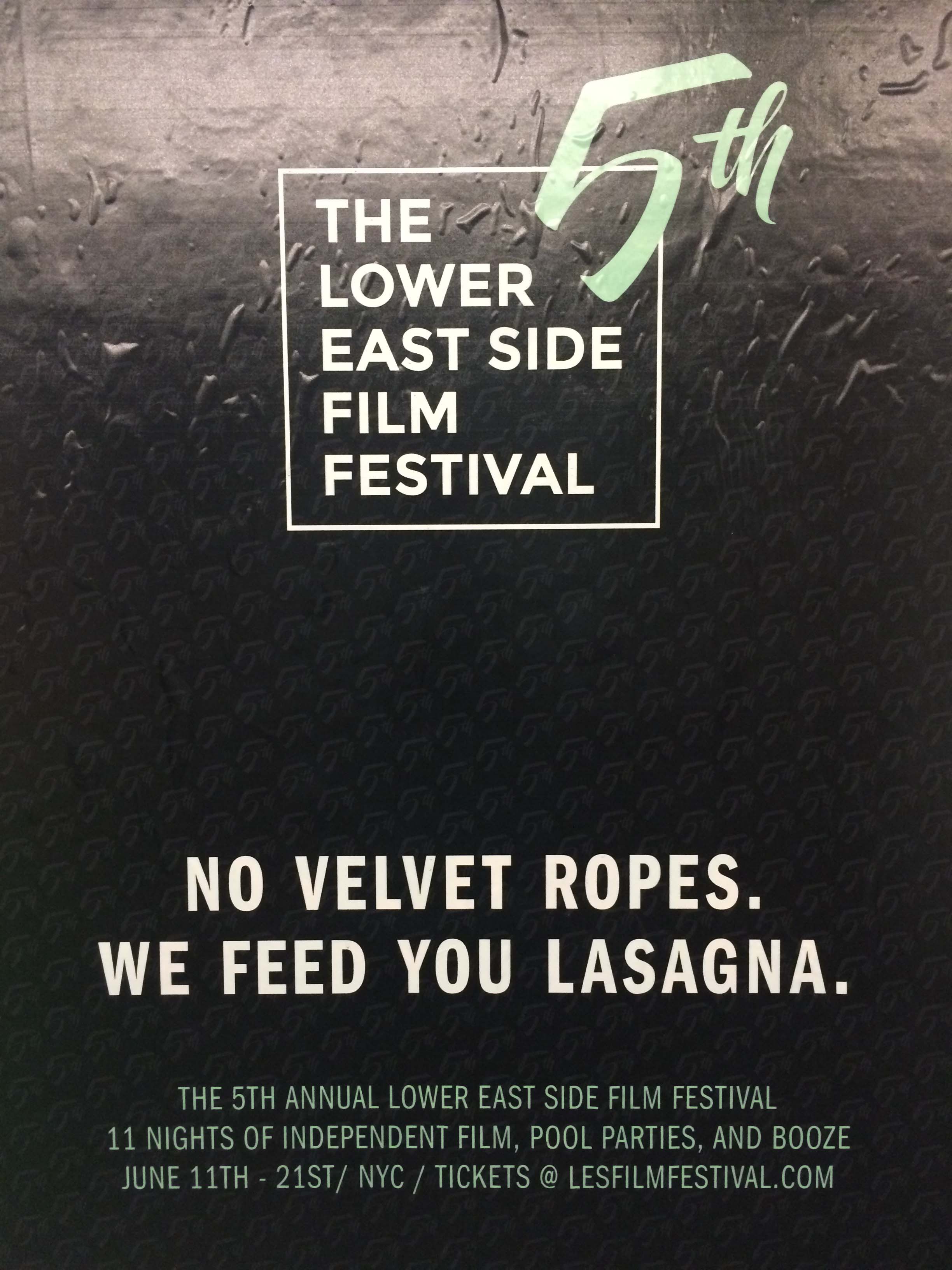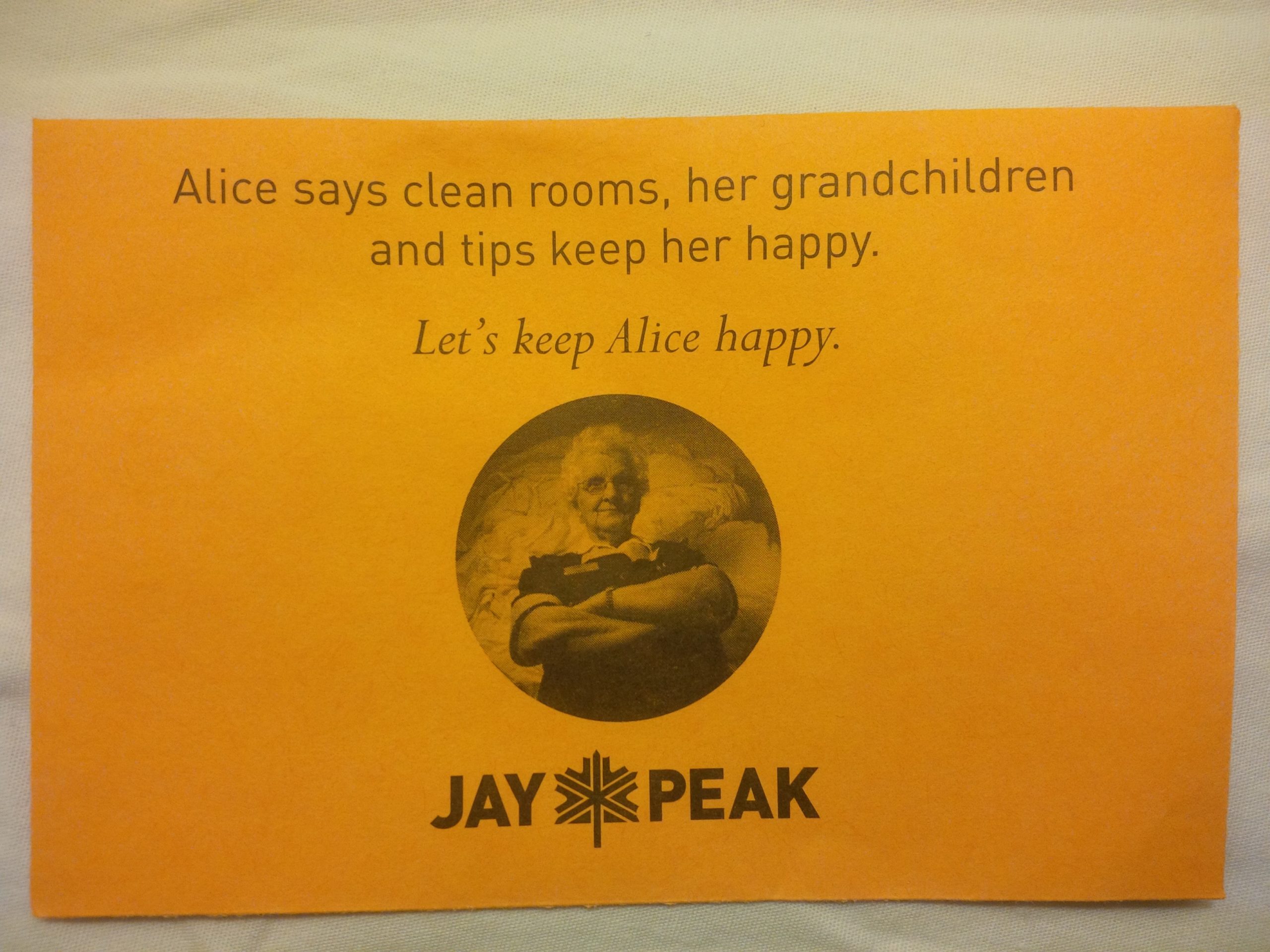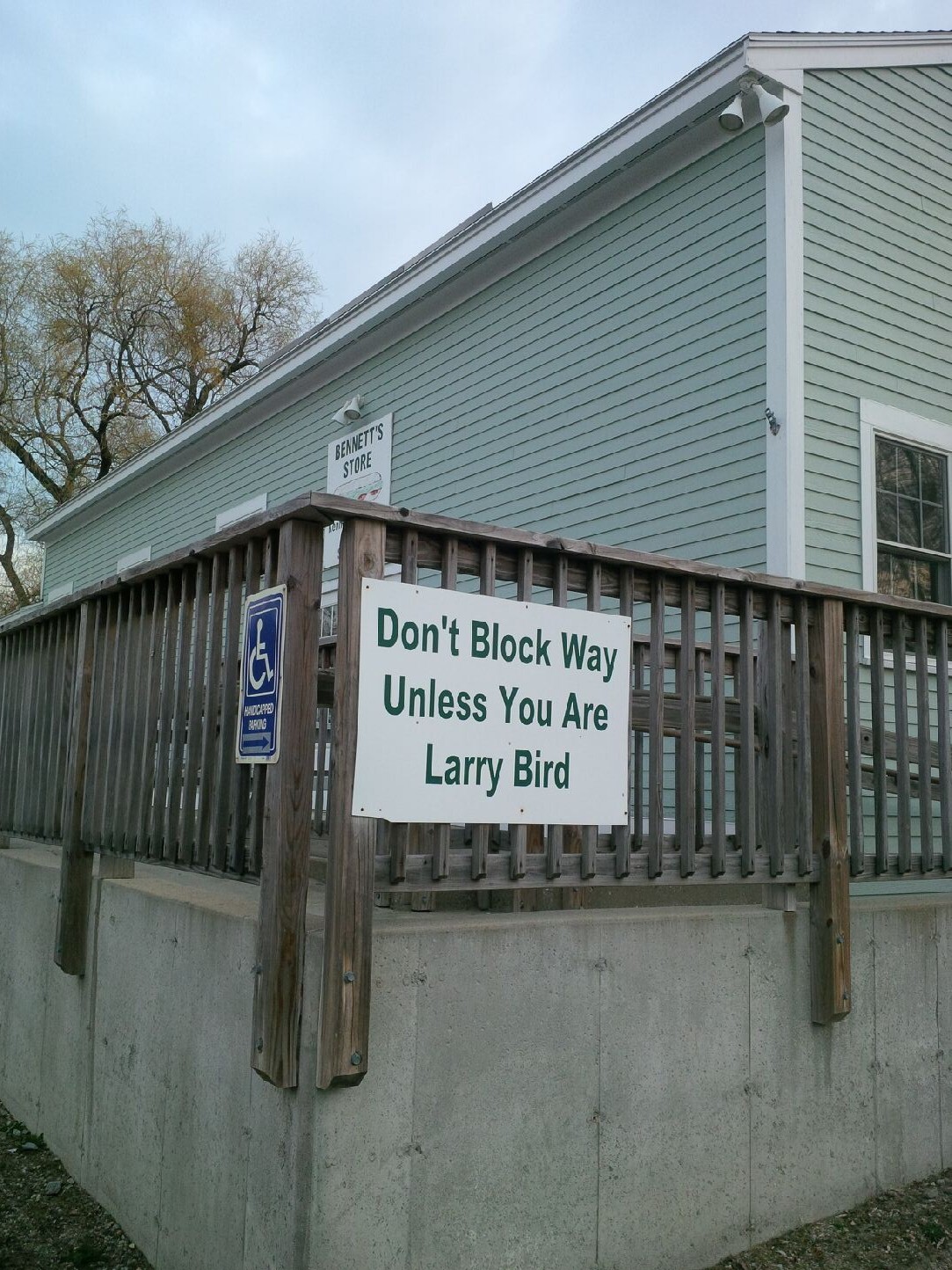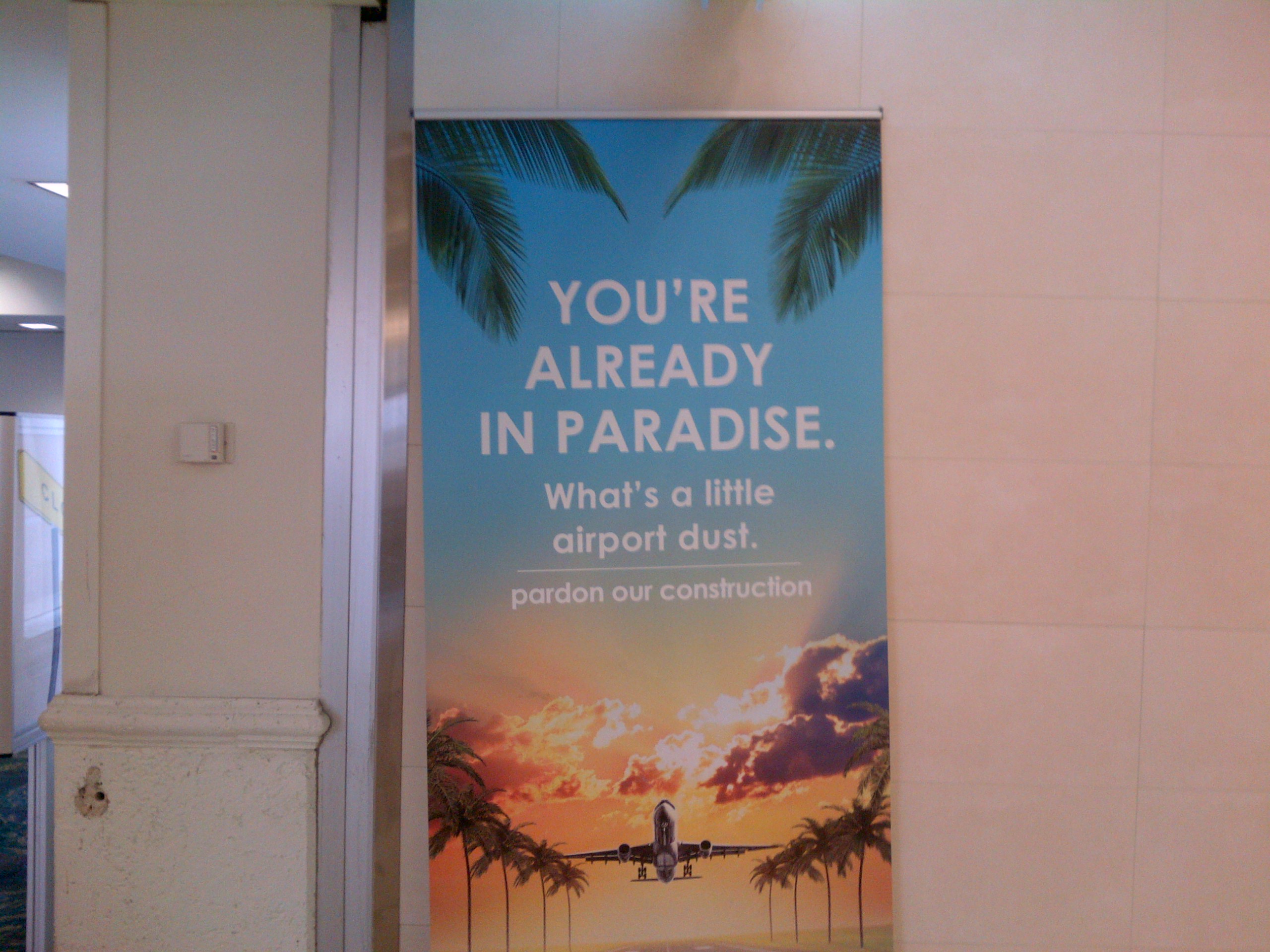A small restaurant in Denver, CO shows the world that when it comes to establishing your business philosophy, honey trumps vinegar hands down.
Picture this: You’re starving. You’re weary after a long day. You want to shed your troubles with good company, some laughs, delicious food, and certainly a cocktail or two. And as you step up to the host stand, your request for a table is answered with the single most annoying phrase on the planet:
“For a party of two, the wait time is currently around one hour and 45 minutes.”
If you’re the restaurant owner, what’s the fallout from this scenario?
- The MOMENT people enter your restaurant, they’re hit with something negative.
- Most people will just leave and go elsewhere.
- While they may not actively HATE you, they feel disappointment and frustration.
- If it happens more than once, many people will stop trying.
Most importantly, you lose the opportunity to form a relationship with people who are just ripe for the picking. They’ve sought you out and made the effort to land on your doorstep. And now you have to turn them away? This chronic problem of busy restaurants makes owners (and their marketing folks) weep.
But the smart, cheerful, positive thinkers who run Work & Class are shedding no tears over this issue.
On a recent visit to Denver, I was greeted at their host stand with that same annoying phrase. I glanced at the teeny-tiny, jam-packed bar and said to the two hostesses, “Rats. We are only in town tonight and were dying to try this place, but that’s just too long to wait. Oh well.”
The hostesses could have simply said, “Oh, sorry…come see us again on your next visit!” And had they done so, that would have been the end of my relationship with Work & Class.
Instead, they said, “hold on a minute.” And the two of them scanned the wait list, craned their necks to look at the locations of patrons at the bar, and whispered conspiratorially to each other. Then one of them leaned in and said to me, “See those people sitting at the far side of the bar? In around 20 minutes, I’m going to seat them. If you want to wait right here at the host stand, I’ll take you with me when I go to tell them their table is ready, and you can grab their seats and eat at the bar. And I could bring cocktails here to you while you’re waiting.”
Who could say no to that? Especially since they both had huge smiles on their faces and were clearly delighted to be making my friend and me happy. We said yes. A champagne and a whiskey appeared momentarily, and then the best part happened: we had a 20-minute front row seat to watch the magic of the Work & Class host stand in action. Here’s what goes down:
- The hostesses are not robots…they display empathy for each and every person’s plight with the wait time, and they remained genuinely cheerful and positive despite delivering unwelcome news.
- Because the bar area is so small, the restaurant formed a relationship with the bar across the street to funnel patrons there for 10% off their entire bar tab while awaiting their “table is ready” call.
- If you choose to stay and wait, there’s a $4 “wait drink.” (brilliant move)
- The hostesses never – not once – let anyone walk away after hearing the wait time without ALSO hearing another solution… bar across the street, try us earlier or later, join us on Wednesday, come back for dessert, sit at the communal table outside… and the solutions were never the same. They were based on what each particular diner needed/wanted.
The pounce-on-the-barstool strategy worked beautifully, and as the night unfolded, we learned that the hostesses were not alone in fostering the positive attitude that permeates Work & Class. Bartenders, bussers, waitstaff, owner… they are ALL just ridiculously happy people.
And the tone of the restaurant fosters that same attitude in the patrons. The “House Rules” are displayed on huge signs, and they’re written so adorably that you are inspired to follow them:
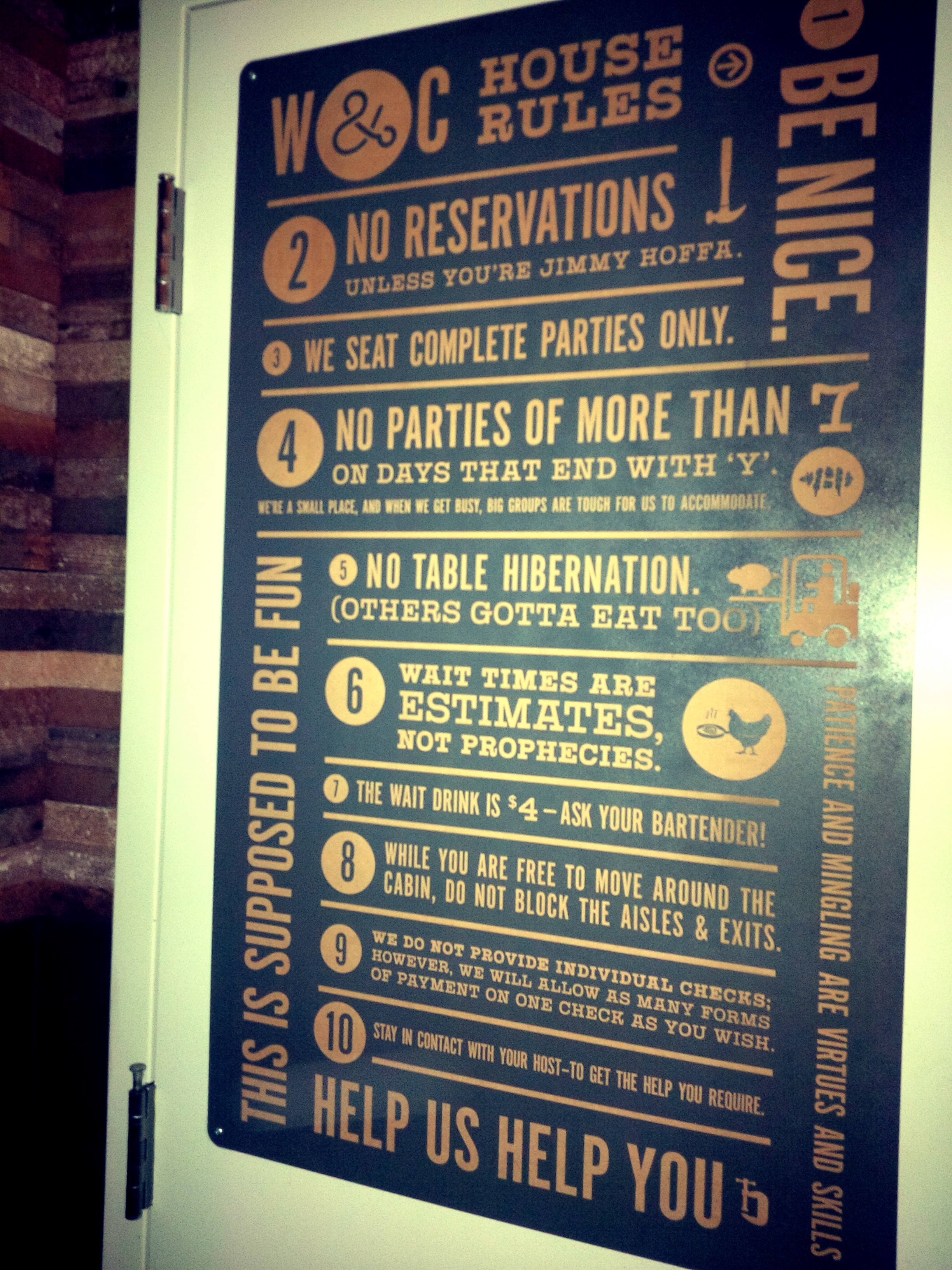
You can also read a more detailed version of the House Rules on their website.
Cost-conscious restaurant owners may read this and say, “Are you nuts? Why would I send people to my competitor, much less pay to have cards printed to send them there? Why would I discount a ‘wait drink’ when people who decide to wait would end up buying them at full price? I’ll never get my hostesses to be that personable, and besides that, if they have to spend extra time with each individual person at the host stand, I’ll require more hosts per shift.”
And to them I say… everyone who visits Work & Class is put in a good mood, even if they decide not to wait. And Work & Class is packed to the rafters every single night. You do the math.
So if you are visiting Denver, you must eat here. The delicious food is just a bonus…the infusion of joy is the real daily special.
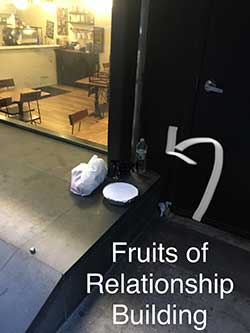
 get travel marketing tips
get travel marketing tips 
